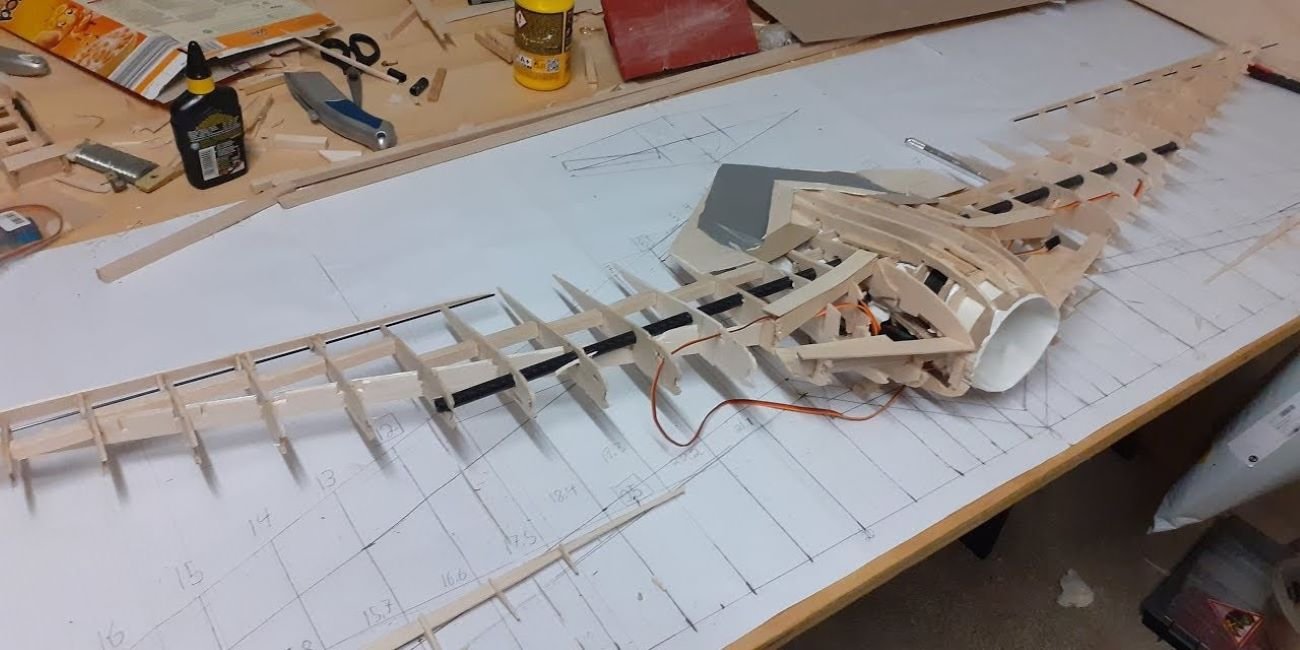Exploring the intricacies of flight dynamics and aerodynamics is a fascinating journey of aero model, especially when it involves the hands-on experience of building and flying balsa wood aero models. These models are not only a delight for hobbyists but also serve as excellent educational tools for understanding the principles of aerodynamics. In this blog post, we will delve into how balsa wood aero models, particularly those from Statica, can help enthusiasts and students alike master the complex world of flight dynamics.
The Fundamentals of Aerodynamics
Aerodynamics is the study of how air interacts with solid objects, like an airplane wing. The primary forces at play in aerodynamics are lift, drag, thrust, and weight. Understanding these forces is crucial for anyone interested in flight, and balsa wood aero models, especially those engineered by Statica, provide a tangible way to see these forces in action.
Lift is generated by the movement of air over the wing, creating a pressure difference that allows the plane to rise. Drag is the resistance the aircraft faces as it moves through the air. Thrust propels the plane forward, usually generated by engines in full-sized aircraft or rubber bands in the case of many balsa wood models. Finally, weight is the force of gravity pulling the plane down. Balancing these forces is the key to successful flight.
Building and Flying Balsa Wood Aero Models
Building balsa wood aero models involves precision and attention to detail. These lightweight models are made from balsa wood, which is both strong and flexible. The process starts with carefully cutting and assembling the pieces according to the design plan. This hands-on experience helps builders understand the importance of each component and how it contributes to the overall flight dynamics.
Flying these models provides real-time feedback on their aerodynamic properties. Adjusting wing angles, balancing weight, and fine-tuning control surfaces all play a part in achieving stable flight. These adjustments mirror the real-world challenges faced by aerospace engineers, making balsa wood models an excellent educational tool.
Statica’s balsa wood aero models are designed with precision engineering, ensuring that builders have the best possible platform for understanding aerodynamics. With Statica’s models, enthusiasts can experience the joy of building and flying high-quality aircraft that accurately simulate real-world aerodynamic principles.
Experimenting with Flight Dynamics
One of the most exciting aspects of working with balsa wood aero models is the ability to experiment with different designs and configurations. By modifying the shape of the wings, tail, or fuselage, builders can observe how these changes affect flight performance. This hands-on experimentation fosters a deeper understanding of aerodynamic principles.
For example, increasing the wing’s angle of attack can generate more lift but also increase drag. Adding weight to the nose or tail can shift the center of gravity, affecting stability and control. Each modification provides valuable insights into how real aircraft are designed and flown, with Statica’s models serving as the perfect platform for such experimentation.
Educational Benefits
Balsa wood aero models are not just for hobbyists; they are also powerful educational tools. Many schools and educational programs incorporate these models into their curriculum to teach students about physics, engineering, and aerodynamics. The hands-on nature of building and flying these models makes abstract concepts more concrete and understandable.
With Statica’s comprehensive resources and support, educators can enhance their teaching methods and provide students with engaging learning experiences. Statica’s models offer a practical way for students to apply theoretical knowledge and gain a deeper understanding of aerodynamics and flight dynamics.
Conclusion
Mastering flight dynamics through the use of balsa wood aero models, particularly those from Statica, is both a rewarding hobby and an invaluable educational experience. With Statica’s precision-engineered models and educational resources, enthusiasts and students alike can deepen their understanding of aerodynamics and embark on an exciting journey of exploration and discovery in the world of flight.
Image credit: https://i.ytimg.com/



Leave a Reply